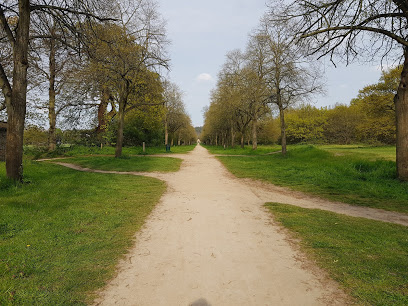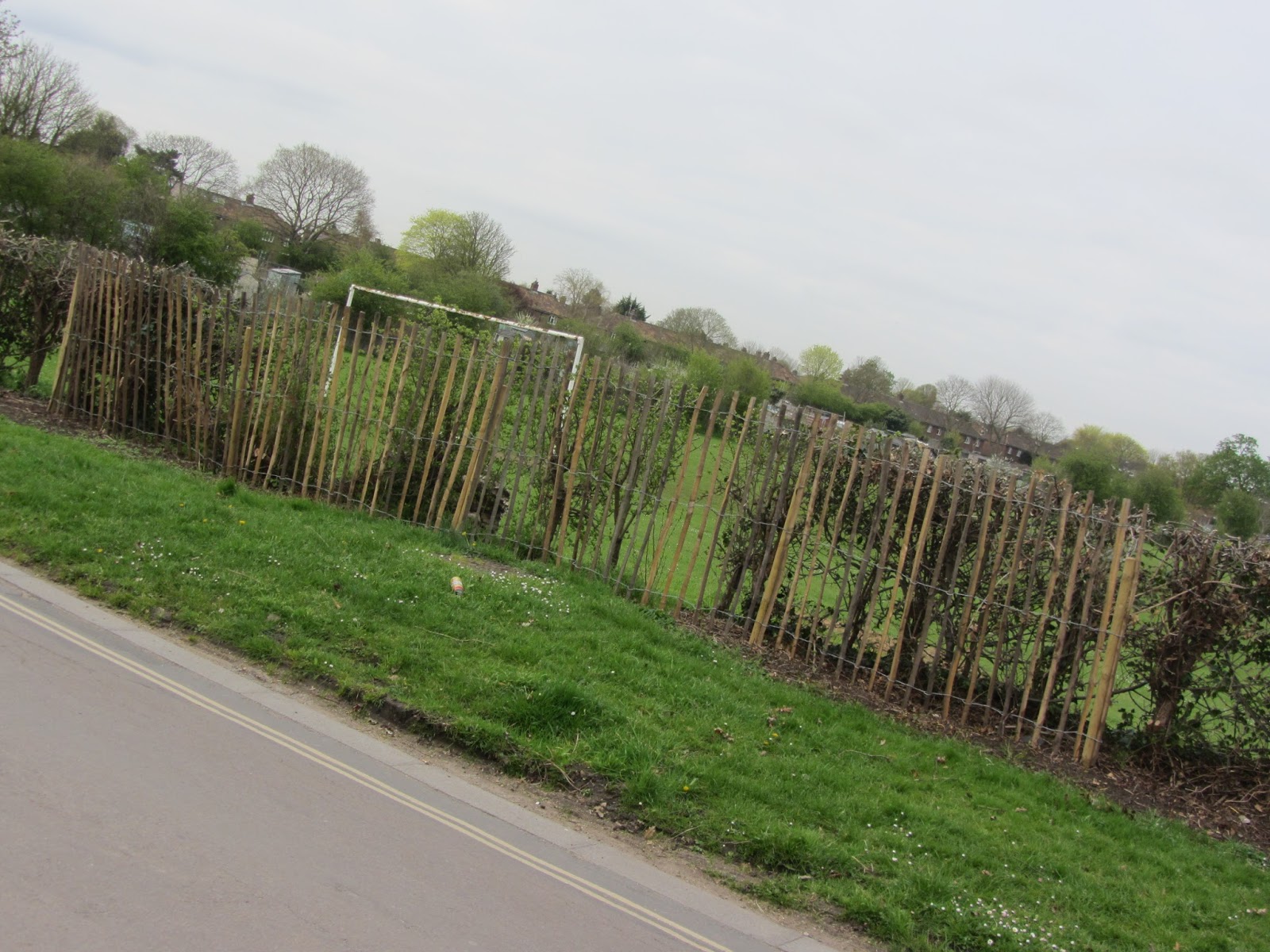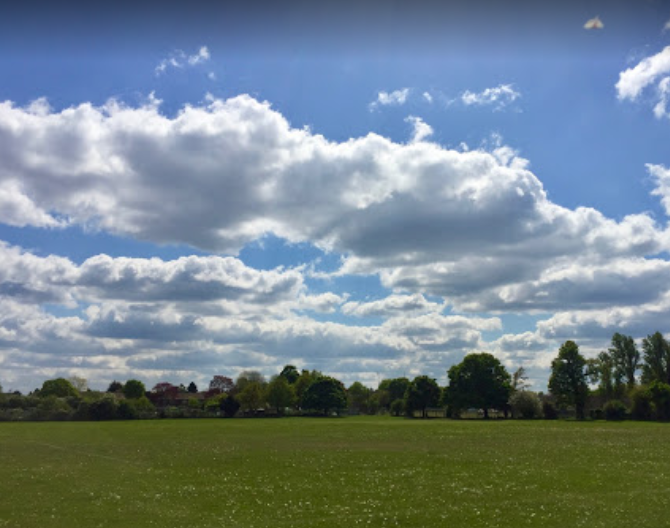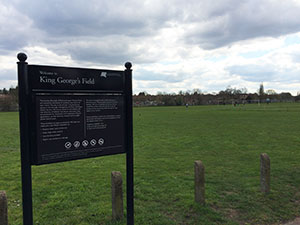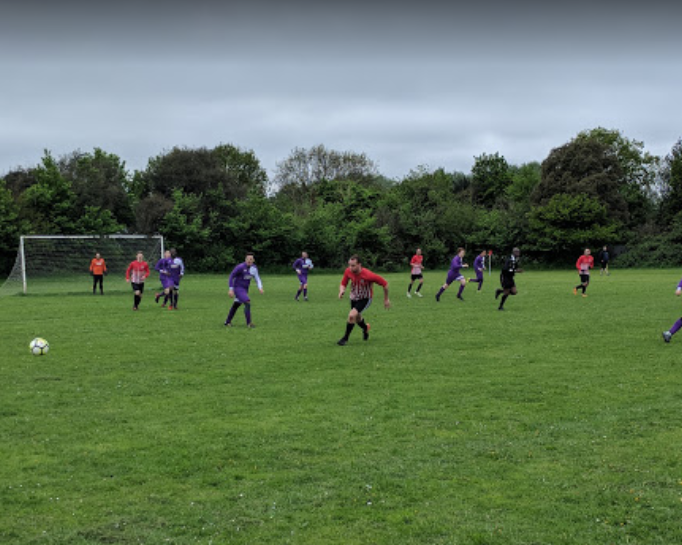The King George’s Fields Foundation was established on 3 November 1936 in order to promote the establishment of playing fields in memory of the late King George. It was considered that the King would have approved of such a living memorial, which would benefit the 'individual well-being and the general welfare of the nation', and young people in particular, by providing them with the environment and opportunity for open air exercise. The Trust Deed of the Foundation defined a playing field as 'any open space used for the purpose of outdoor games, sports and pastimes.' Local authorities were able to apply to the Foundation, whose trustee was the National Playing Fields Association, for a grant to provide these new facilities for public recreation. Each new playing field was to be known as King George's Field and was generally provided with heraldic panels that would distinguish it as such. It was a condition of the grant that the tenure of the site was sufficiently secure so that it would provide a meaningful legacy to the king's memory; the land must have been acquired only for the purpose of public recreation. The design of the entrance and the ground's layout had to be approved by the Foundation, which was to receive an annual report for the first five years from the acceptance of the offer. 471 playing fields across the UK were funded and following the demise of the scheme in 1965, their protection has been undertaken by the Fields in Trust. The largest King George's Field is Enfield Playing Fields (q.v.), some 128 acres, and the smallest is in the City of London, King George's Field in Portsoken Street (q.v.).

